Get in
When staying at Hotel Tukuche Peak in Besisahar, you can catch the pink bus (#161) that runs once a day to Gaunshahar. The bus departs at 2 PM, so make sure to be there on time. The fare for the bus is about 100 Rupees. Enjoy the scenic journey!
Map & Climate
Popular Foods
 Dish: Dal BhatDal Bhat is the staple meal in Nepal, consisting of steamed rice (bhat) served alongside lentil soup (dal). The dal is cooked with various spices, making it rich, thick, and slightly spicy. The combination of fluffy rice and flavorful dal creates a satisfying and filling culinary experience. Meat is not typically included in this dish, making it predominantly vegetarian.
Dish: Dal BhatDal Bhat is the staple meal in Nepal, consisting of steamed rice (bhat) served alongside lentil soup (dal). The dal is cooked with various spices, making it rich, thick, and slightly spicy. The combination of fluffy rice and flavorful dal creates a satisfying and filling culinary experience. Meat is not typically included in this dish, making it predominantly vegetarian.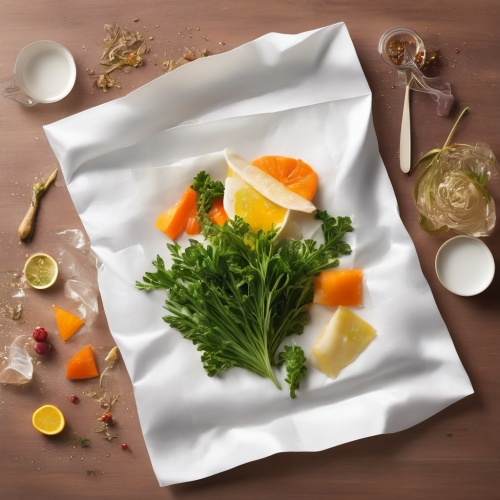 Dish: MomoMomos are dumplings that originated from Tibet but are widely popular in Nepal. They come filled with different ingredients, such as meat (usually chicken, beef, or pork), vegetables, or cheese. The dough is prepared by mixing flour and water, then wrapped around the filling before being steamed or fried. Served hot, momos can be enjoyed as a snack, appetizer, or even a full meal.
Dish: MomoMomos are dumplings that originated from Tibet but are widely popular in Nepal. They come filled with different ingredients, such as meat (usually chicken, beef, or pork), vegetables, or cheese. The dough is prepared by mixing flour and water, then wrapped around the filling before being steamed or fried. Served hot, momos can be enjoyed as a snack, appetizer, or even a full meal.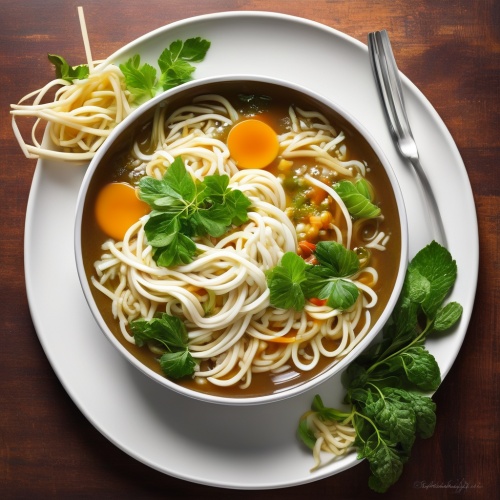 Dish: ThukpaThukpa is a hearty noodle soup that is highly popular in Nepal, particularly among the Sherpa people. It consists of warm broth, handmade noodles, and various toppings, such as meat (usually beef, chicken, or yak), vegetables, and garnishes like cilantro and green onions. Thukpa can be found in both Tibetan and Nepalese restaurants worldwide and is often enjoyed during winter months due to its warming properties.
Dish: ThukpaThukpa is a hearty noodle soup that is highly popular in Nepal, particularly among the Sherpa people. It consists of warm broth, handmade noodles, and various toppings, such as meat (usually beef, chicken, or yak), vegetables, and garnishes like cilantro and green onions. Thukpa can be found in both Tibetan and Nepalese restaurants worldwide and is often enjoyed during winter months due to its warming properties.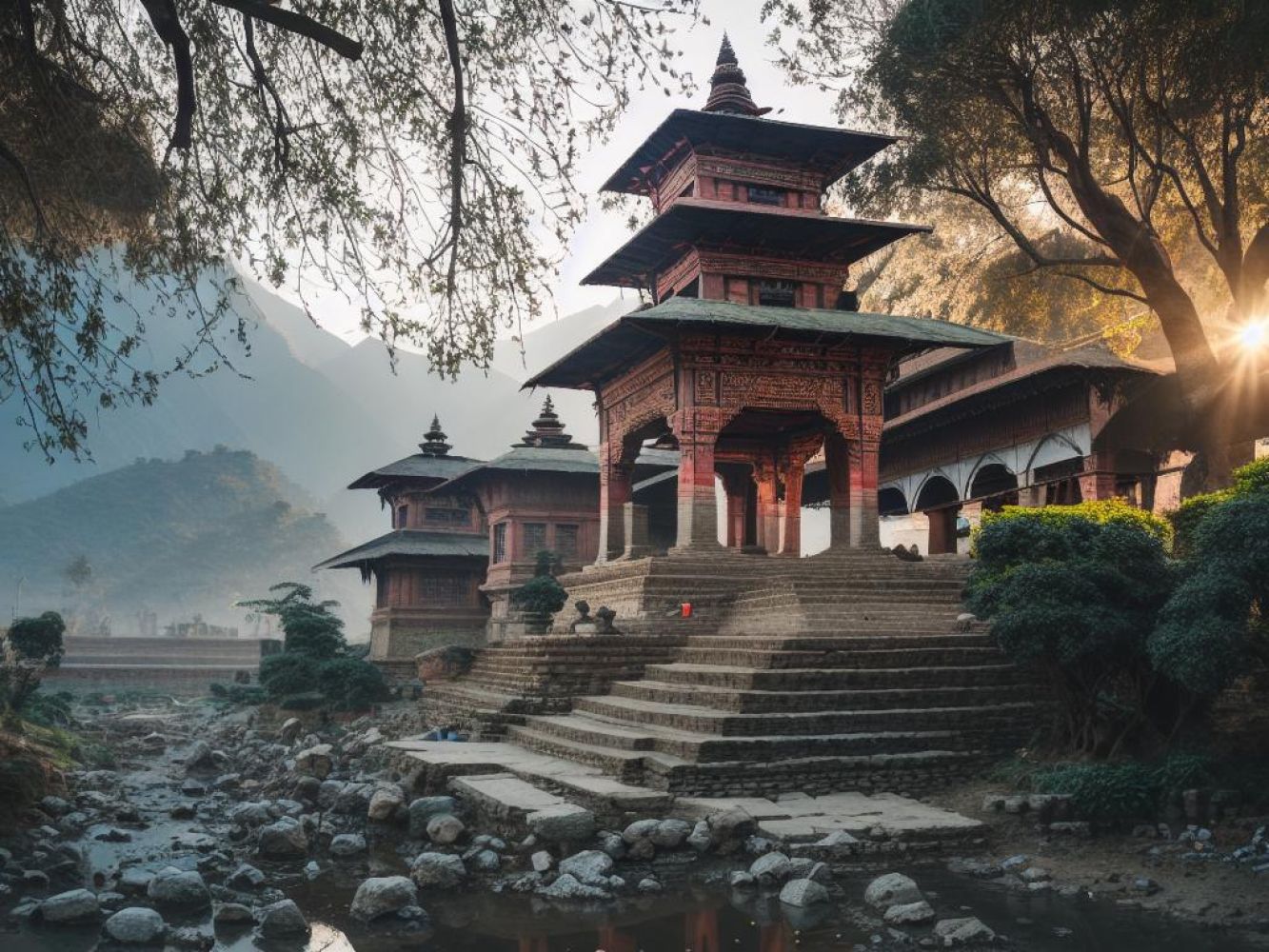

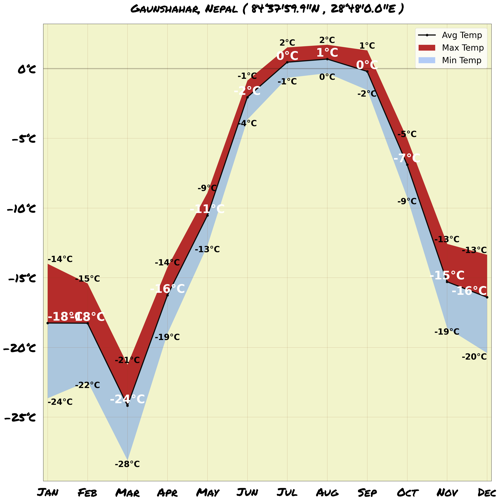
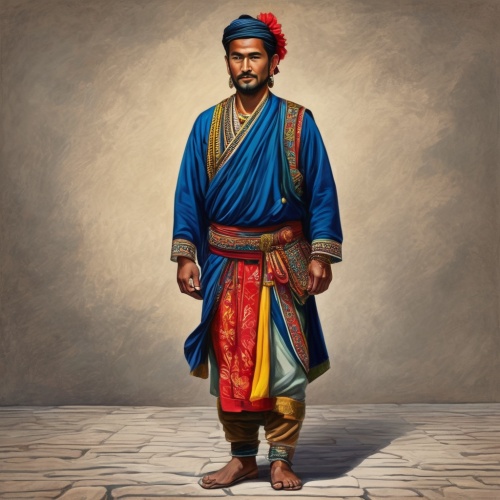
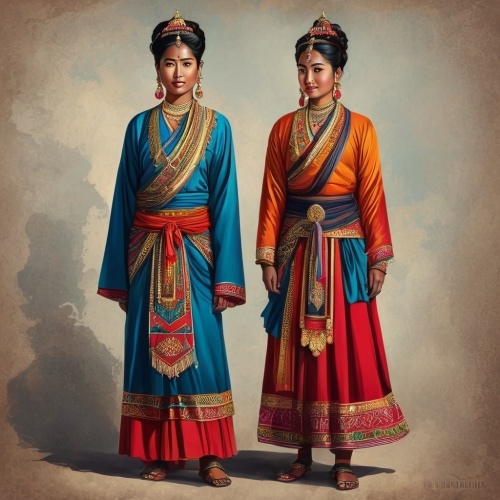
Comments
NO COMMENTS